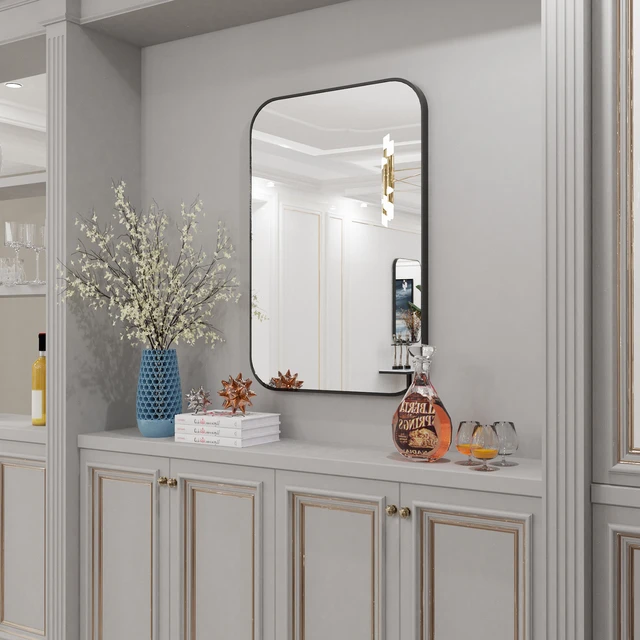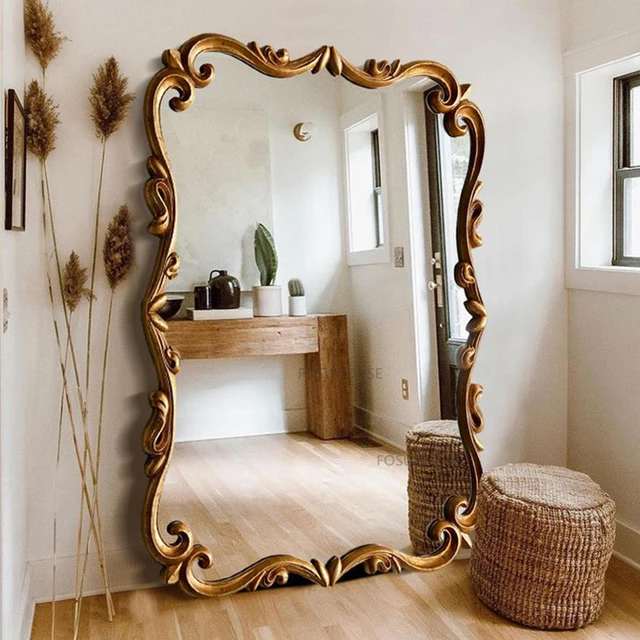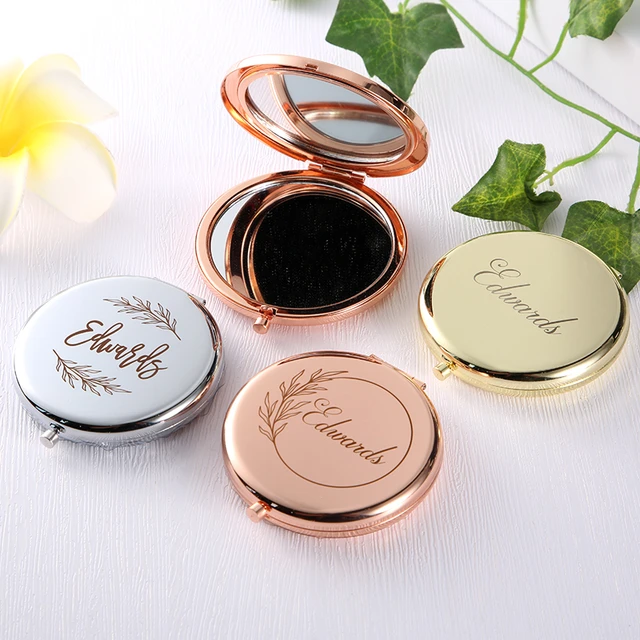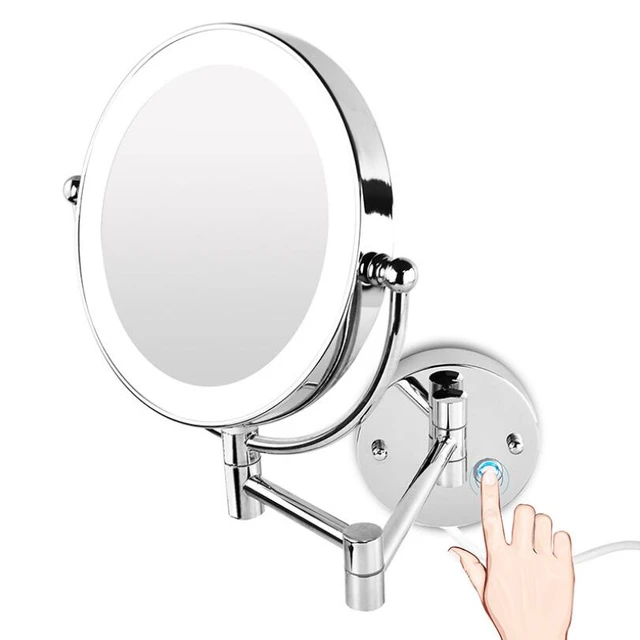Introduction:
Mirror silvering refers to the reflective coating on the back surface of a mirror that provides its reflective qualities. Over time, this silvering can deteriorate, resulting in a loss of reflectivity, dark spots, or discoloration. If your mirror has silvering damage, you may wonder if it is possible to repair it. In this article, we will explore the concept of mirror silvering, the causes of silvering damage, techniques for repairing silvering, and the limitations of the repair process. By understanding these factors, you can make an informed decision about whether to repair or replace a mirror with silvering damage.

Can you repair mirror silvering?
Understanding Mirror Silvering:
Mirror silvering is the process of depositing a thin layer of metallic silver onto the back surface of a glass mirror. This silver coating reflects light, allowing the mirror to create a clear and crisp reflection. Silvering is typically applied through a chemical or electrochemical process, creating a uniform and highly reflective surface.
Causes of Silvering Damage:
Several factors can cause silvering damage to mirrors over time:
a. Humidity and Moisture: High levels of humidity or exposure to moisture can cause the silvering layer to oxidize or corrode, leading to dark spots or discoloration on the mirror’s surface.
b. Age and Wear: Over time, the silvering layer naturally degrades due to exposure to environmental elements, cleaning agents, or physical wear, resulting in a loss of reflectivity.
c. Improper Cleaning: Harsh chemicals, abrasive materials, or incorrect cleaning techniques can damage the silvering layer, leading to reflective defects or removal of the silvering in certain areas.

Repair Techniques for Silvering Damage:
While complete restoration of mirror silvering is challenging, there are a few techniques that can help improve the appearance of damaged silvering. These methods are primarily aimed at minimizing the impact of silvering damage rather than fully restoring the mirror’s original reflectivity. Here are some common repair techniques:
a. Spot Repair: Spot repair involves selectively removing damaged or discolored silvering spots on the mirror using specialized chemicals or solvents. This technique can help reduce the visibility of dark spots or discoloration, but it may not restore the mirror’s original reflectivity.
b. Resilvering: Resilvering is a more extensive repair technique that involves removing the damaged silvering layer and applying a new reflective coating to the mirror’s back surface. Resilvering can restore the mirror’s reflectivity, but it requires professional expertise and specialized equipment. This technique is typically performed by professionals who specialize in mirror restoration.
c. Adhesive Films: Adhesive films with reflective properties can be applied to the back of the mirror to improve its reflectivity. These films have a reflective surface that can mask the damaged silvering and enhance the mirror’s appearance. However, they do not fully restore the mirror’s original reflectivity.

Limitations of Silvering Repair:
It is important to note that repairing silvering damage has its limitations. While the techniques mentioned above can help improve the appearance of the mirror, they may not fully restore its original reflectivity. Here are some limitations to consider:
a. Complexity of Resilvering: Resilvering is a complex process that requires professional expertise and specialized equipment. It is not a DIY repair option and may involve additional costs for professional services.
b. Cost Considerations: The cost of silvering repair can vary depending on the size, type of mirror, and extent of damage. Resilvering, in particular, can be more expensive compared to other repair techniques.
c. Potential Further Damage: Silvering repair techniques, such as spot repair or removal of damaged silvering, can potentially cause further damage to the mirror if not performed correctly. It is crucial to consult a professional to ensure the repair process is conducted safely and effectively.
d. Reflectivity Limitations: Even with repair techniques, it is important to understand that the repaired mirror may not have the same level of reflectivity as it did when it was new. The repaired areas may have slightly different reflective properties compared to the original silvering, resulting in variations in the mirror’s reflectivity.
When to Consider Replacement:
In some cases, it may be more practical to replace a mirror with significant silvering damage instead of attempting repairs. Here are a few scenarios where replacement may be a better option:
a. Extensive Damage: If the mirror has widespread or severe silvering damage, replacement may be more cost-effective and provide a better outcome.
b. Antique or Valuable Mirrors: If the mirror holds significant antique value or sentimental worth, it is important to consult with professionals specializing in mirror restoration. They can assess the mirror’s condition and recommend appropriate repair or replacement options.
c. Cost of Repair: Consider the cost of repair versus the cost of a new mirror. If the cost of repairing the silvering exceeds the value of the mirror or the cost of purchasing a new mirror, replacement may be a more viable option.
d. Aesthetics and Quality: Evaluate the overall appearance and quality of the mirror after repair. If the repaired mirror does not meet your aesthetic expectations or if the quality of the repair is subpar, replacing the mirror may be the preferred choice.

Finding Professionals for Silvering Repair:
If you decide to pursue silvering repair for your mirror, finding reliable professionals is crucial to ensure a successful outcome. Consider the following steps:
a. Research Local Mirror Restoration Specialists: Look for professionals or companies specializing in mirror restoration or repair. Use online search engines, directories, or social media platforms to find professionals in your area. Explore their websites, portfolios, and client reviews to assess their expertise and reputation.
b. Seek Recommendations: Ask for recommendations from friends, family, or trusted professionals who have had firsthand experience with mirror repair services. Their insights can help narrow down your options and provide valuable insights into the quality of work provided by the professionals.
c. Consult Glass Suppliers: Contact local glass suppliers or retailers and inquire if they have any recommended mirror repair specialists. They often have connections within the industry and can provide trusted referrals.
d. Contact Professional Associations: Reach out to professional associations or organizations related to the glass or mirror industry. Inquire about their members who specialize in mirror restoration or repair. These professionals often adhere to industry standards and possess the necessary expertise.
e. Schedule Consultations: Once you have compiled a list of potential professionals or companies, schedule consultations with them. Discuss your mirror’s silvering damage, ask about their repair techniques, and inquire about their experience in handling similar projects. Evaluate their communication skills and ability to address your concerns and requirements.
Assessing the Professional’s Expertise:
When evaluating professionals for silvering repair, consider the following factors:
a. Experience and Credentials: Inquire about the professional’s experience in mirror restoration and repair. Request information on their training, certifications, or memberships in relevant industry associations.
b. Portfolio: Ask for samples or a portfolio of their past work. Review before-and-after photos to assess the quality of their repairs and if they can effectively address silvering damage.
c. Client Testimonials: Check for client testimonials or reviews on their website or other online platforms. Positive feedback from previous clients can provide reassurance about the professional’s expertise and customer satisfaction.
d. Warranty or Guarantee: Inquire about any warranties or guarantees offered for their repair work. A reputable professional should stand behind their services and offer protection in case of any issues or defects that arise after the repair.

Conclusion:
While it is possible to repair mirror silvering to some extent, complete restoration of the mirror’s original reflectivity may not be achievable. Spot repair, resilvering, and adhesive films are some techniques that can help minimize the impact of silvering damage and improve the mirror’s appearance. However, it is important to consider the limitations of these repair techniques, including the complexity of resilvering, potential further damage, and the cost involved. In certain cases, such as extensive damage or antique mirrors, replacement may be a more practical option. Consulting with professionals specializing in mirror restoration can provide valuable insights and guidance in determining the best course of action for your mirror with silvering damage.

Leave a Reply